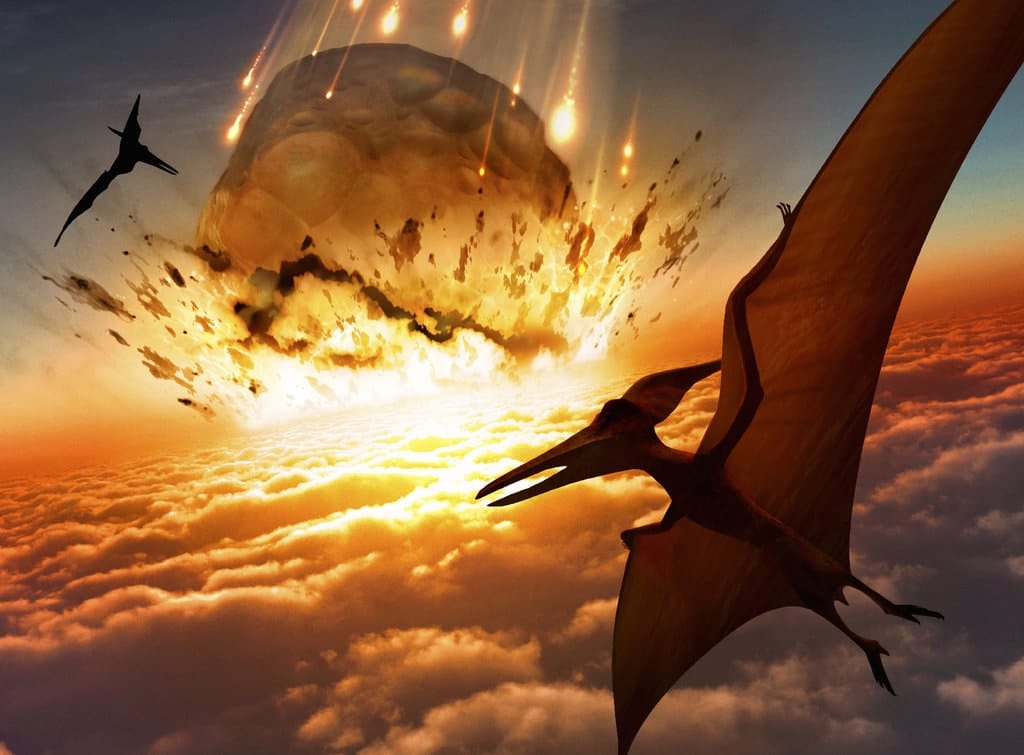Dinosaur extinction event ‘indisputably’ confirmed to be asteroid impact
New research finds iridium, a rare metal on Earth, to be present at the centre of the Chicxulub crater off the coast of Mexico.

New research finds iridium, a rare metal on Earth, to be present at the centre of the Chicxulub crater off the coast of the Yucatán peninsula in Mexico.
Imperial’s Professor Joanna Morgan is a co-author of the study, which was recently published in Science Advances.
Iridium is abundant in certain types of asteroids and has been found at high levels in a transitionary part of sedimentary layers, marking the transition between the Cretaceous period to the Paleogene (the K-Pg boundary). This transition is signified by the mass extinction event, and the finding of the global iridium layer coinciding with this moment in time strengthened the theory that an asteroid impact was responsible for the demise of the dinosaurs.
The Chicxulub crater is the leading candidate for the location of the asteroid impact, with the asteroid in question thought to have a diameter estimated to be between 11-81 km. The impact is thought to have caused a mass extinction event, with 3 in 4 plant and animal species becoming extinct in the aftermath of the impact due to particles from the impact spreading out into the atmosphere, blocking out sunlight and causing a ‘global winter’.
Professor Morgan claimed the discovery gave "indisputable" evidence that the Chicxulub asteroid caused the K-Pg mass extinction
The research team studied a core of rock taken just off the coast of the Yucatán peninsula in 2016, finding iridium present at the crater for the very first time. Out of the 835m depth drilled into by the original expedition, the relevant part of the sample was merely 80cm long. The iridium was of high concentration, appearing precisely at the K-Pg boundary.
"This asteroid was vaporised and ejected from the impact site at high speed. Iridium, and other asteroidal material, then circled the Earth above the stratosphere within a fast-moving dust cloud, and may have taken up to two decades to settle through the atmosphere and ocean before being deposited at the impact site” said Professor Morgan to Imperial’s news team, claiming that the discovery gave “indisputable” evidence that the Chicxulub asteroid was indeed the cause of the K-Pg mass extinction.
While the asteroid impact hypothesis has been accepted for decades as the most likely cause of the dinosaurs’ demise, this discovery provides yet more evidence in support of our understanding of Earth’s most famous extinction event.






